Ancient Times:The area where Istanbul is located has been inhabited since the Neolithic period (around 6,000 BCE). The ancient Greeks established a colony named Byzantium on the site in the 7th century BCE. It later became part of the Roman Empire and served as an important trading hub.
Istanbul, formerly known as Byzantium and Constantinople, has a rich and diverse history that spans over two and a half millennia. Here is a brief overview of the history of Istanbul:
Byzantine Empire:In 330 CE, the Roman Emperor Constantine the Great chose Byzantium as the new capital of the Roman Empire and renamed it Constantinople. It became the capital of the Byzantine Empire, which lasted for over a thousand years. During this period, Constantinople flourished as a center of trade, art, and intellectual pursuits.
Ottoman Empire:In 1453, the Ottoman Empire, under the leadership of Sultan Mehmed the Conqueror, captured Constantinople, bringing an end to the Byzantine Empire. The city was renamed Istanbul and became the new capital of the Ottoman Empire. Istanbul grew in size and grandeur and became a significant cultural, political, and economic center.
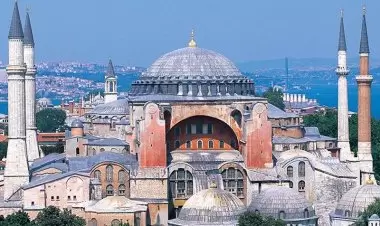
Hagia Sophia is a historic monument in Istanbul, Turkey. It was originally built as a church in 537 ...
Read More..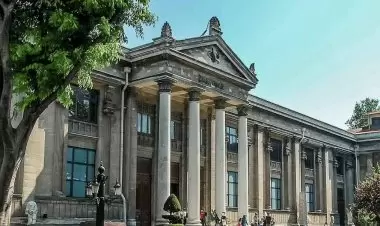
Istanbul Archaeological Museums (İstanbul Arkeoloji Müzeleri) are a compound of museums which cons...
Read More..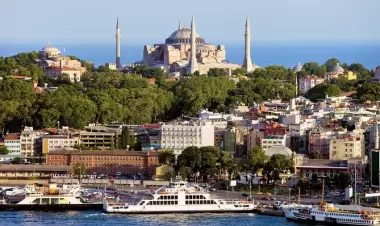
Sultanahmet is a historic neighborhood located in the European side of Istanbul. It is known for its...
Read More..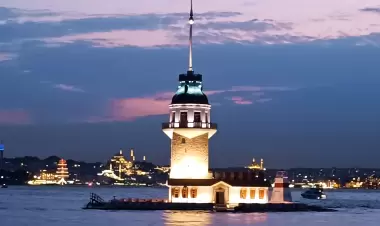
The Maiden Tower, also known as Kız Kulesi in Turkish, is a tower located on a small islet at the s...
Read More..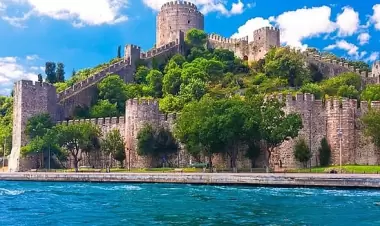
History of Rumeli Hisari Rumeli Hisari is a fortress located in Istanbul, Turkey...
Read More..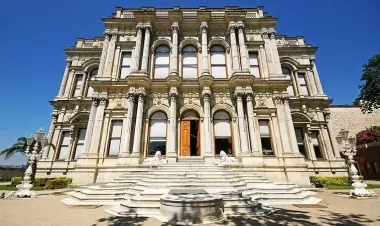
Beylerbeyi Palace is an imperial Ottoman-era palace located in the Beylerbeyi neighborhood of Istanb...
Read More..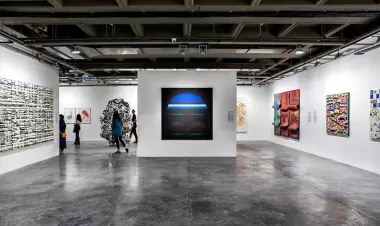
The Istanbul Photography Museum, also known as the Istanbul Fotograf Muzesi, is the first photograph...
Read More..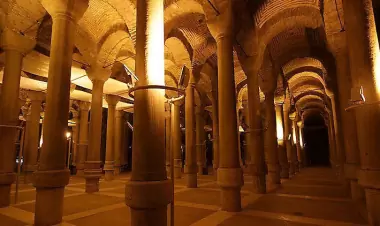
In present day times, the Storage of Philoxenos has facilitated various occasions including displays...
Read More..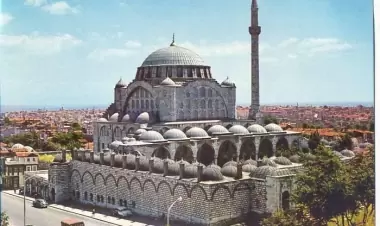
It was commissioned by Suleiman the Magnificent's daughter, Mihrimah Sultan, and built between 1562 ...
Read More..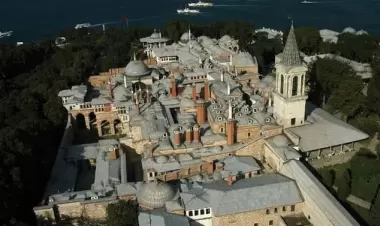
Topkapi Palace is a historic palace located in Istanbul, Turkey, built in the 15th century by Sultan...
Read More..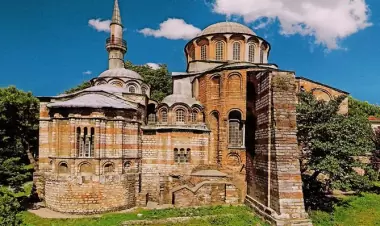
The church was built in the 4th century and was converted into a mosque in 1511. It was later turned...
Read More..Ottoman Golden Age:Istanbul reached its peak during the 16th and 17th centuries under the rule of Suleiman the Magnificent and his successors. The empire expanded its territories and Istanbul became a center of Islamic art and culture. Magnificent structures like the Topkapi Palace and the Suleymaniye Mosque were built during this period.
Decline and Modernization:In the 18th and 19th centuries, the Ottoman Empire began to decline due to internal conflicts and external pressures. European powers exerted influence over the empire, leading to various reforms and modernization efforts in Istanbul. The city underwent significant changes, including the construction of Western-style buildings, the introduction of new transportation systems, and the establishment of modern institutions.
Republic of Turkey:After the end of World War I and the fall of the Ottoman Empire, Istanbul became part of the newly established Republic of Turkey in 1923. The capital was moved to Ankara, but Istanbul remained the country's largest city and an important cultural and economic hub. It continued to grow and modernize, with significant urban development and infrastructure projects.
Today, Istanbul is a vibrant metropolis that bridges the continents of Europe and Asia. It is known for its rich historical heritage, stunning architecture, and diverse cultural influences. The city attracts millions of tourists each year, who come to explore its ancient sites, bustling markets, and vibrant neighborhoods.